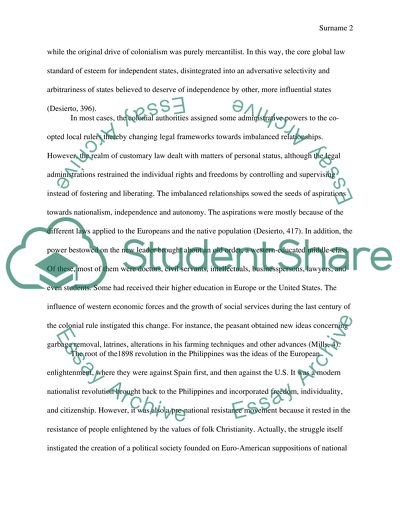Cite this document
(“How did southeast Asia use Western ideas of selfgovernance and Essay”, n.d.)
Retrieved from https://studentshare.org/history/1425611-how-did-southeast-asia-use-western-ideas-of
Retrieved from https://studentshare.org/history/1425611-how-did-southeast-asia-use-western-ideas-of
(How Did Southeast Asia Use Western Ideas of Selfgovernance and Essay)
https://studentshare.org/history/1425611-how-did-southeast-asia-use-western-ideas-of.
https://studentshare.org/history/1425611-how-did-southeast-asia-use-western-ideas-of.
“How Did Southeast Asia Use Western Ideas of Selfgovernance and Essay”, n.d. https://studentshare.org/history/1425611-how-did-southeast-asia-use-western-ideas-of.


